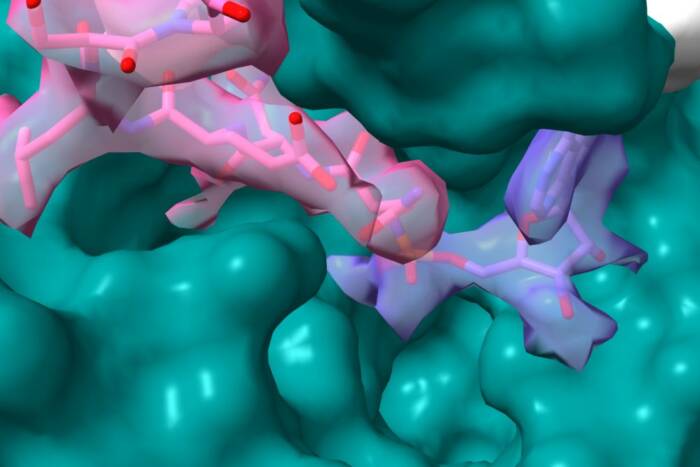Valentin Piëch

M.Sc., Swiss Federal Institute of Technology Zürich
Perceptual Learning, Long-range Horizontal Connections and Top-Down Influences in Primary Visual Cortex
presented by George N. Reeke Jr. (on behalf of himself and Charles D. Gilbert)
Computational neuroscience attempts to construct computer models of things brains do to help us understand the relationships between perception, behavior and the fine details physiologists can study. Valentin Piëch’s thesis is of a kind that I believe is essential preparation for contributing new advances in this area. He got hands-on experience with some very interesting experiments in Charles Gilbert’s lab that showed how the demands of performing a particular task can change the way cells in the visual cortex respond to stimuli, and then he came to my lab and constructed a complex computer simulation that includes detailed elements of cortical circuitry. It provides a biologically realistic explanation, at the circuit level, of how these adaptive changes in response come about.
Valentin is one of the most thorough scientists I have ever met. I have time for just one anecdote to illustrate this. Part of his thesis project involved functional magnetic resonance imaging, or MRI, studies to look for effects in humans similar to those he had already studied in animals. He came to me one day and said, “These images don’t look right.” I had no idea what was wrong, but he spent a couple of weeks inventing some new statistical techniques to analyze those images, and then came back to tell me, “The technician set one of the dials wrong on the MRI machine.” While he could not undo the damage that had been done, this work resulted in a paper with the MRI physicists explaining his new way to analyze images.
He demonstrated that his model was stable using dynamical systems theory methods that are pretty much new to many neuroscientists. His model ran too slowly on normal desktop computers, so he figured out how to run his code on one of those fast graphics processors that are sold for running computer games. And finally, he demonstrated that his model worked, not by applying it to the usual simple geometric figures, but by applying it to a real image, a picture of a Playboy Playmate much beloved of artificial vision researchers.
With these successes in hand, and with his thorough approach to every problem he encounters, I know Valentin will be successful in whatever he undertakes.


